Sand to Green uses desalinated water and organic matter to reclaim desert soil for growing fruit trees and herbs.
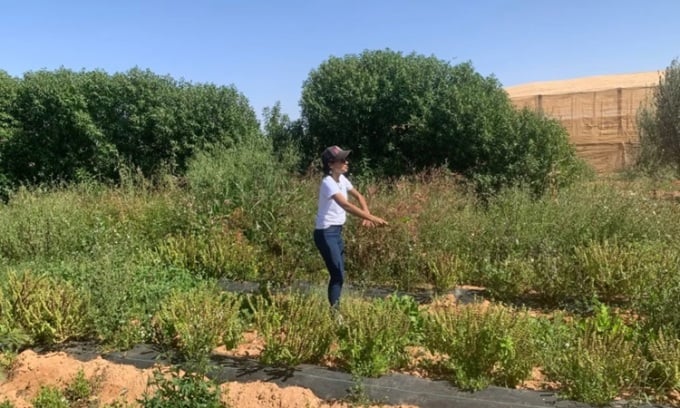
Sand to Green's desert plantation. Photo: Sand to Green
Climate change means desertification is becoming a growing problem, with 250 million people directly affected by soil degradation. The problem affects one-third of the Earth's land surface, according to the United Nations. Turning arid land into arable land is key to feeding the world's population. Sand to Green is a Moroccan startup that has successfully transformed a piece of land in the middle of the desert into a sustainable and profitable plantation in the past five years, according to CNN .
"Desertification is the future of many countries today. Our solution is to use agroforestry to create a type of agriculture that is sustainable and can survive climate change," said Wissal Ben Moussa, co-founder and agricultural director of Sand to Green.
The system can be deployed anywhere near a source of brackish water. Sand to Green desalinates the brackish water using solar technology. They then grow a variety of fruit trees and herbs in the same spot using a mixed cropping system, and drip-irrigate the plants with the desalinated water to minimize evaporation. The soil is regenerated using what Sand to Green calls a green manure mixture, which includes compost, biochar, and microorganisms. Biochar is a form of graphite that helps dry soil retain water. This allows some herbs to be ready to harvest in as little as two years.
On a five-hectare test site in southern Morocco, which has been operating since 2017, Sand to Green has been testing a range of tree varieties to find the most suitable ones. “My three favourites are carob, fig and pomegranate,” says Ben Moussa. “They are endemic to the areas we want to work in, have a high added value when produced, and are also very resilient. Successful intercroppings have included rosemary, geranium, vetiver and citronella.
Sand to Green is now looking to expand into a 20-hectare commercial pilot site, also in southern Morocco. According to the company, an area of that size would cost $475,000 to set up and would yield financial returns in about five years. “With this system, we can create biodiversity with better soil, healthier crops and higher yields. Our plantations can yield 1.5 times more than a monoculture in the same area,” Ben Moussa said.
When commercialized, each plot of land divided into plantations would become a green investment. According to Sand to Green, their technique could be used in countries including Mauritania, Senegal, Namibia, Egypt, the Arabian Peninsula, parts of the US and coastal Mexico.
An Khang (According to CNN )
Source link



![[Photo] Prime Minister Pham Minh Chinh inspects and directs the work of overcoming the consequences of floods after the storm in Thai Nguyen](https://vphoto.vietnam.vn/thumb/1200x675/vietnam/resource/IMAGE/2025/10/08/1759930075451_dsc-9441-jpg.webp)
![[Photo] Prime Minister Pham Minh Chinh attends the World Congress of the International Federation of Freight Forwarders and Transport Associations - FIATA](https://vphoto.vietnam.vn/thumb/1200x675/vietnam/resource/IMAGE/2025/10/08/1759936077106_dsc-0434-jpg.webp)










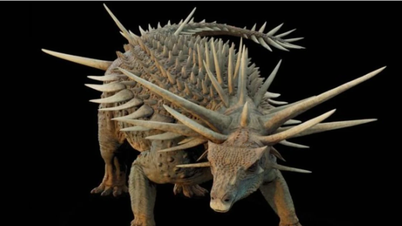




![[INFOGRAPHIC] Bigme HiBreak Pro Color, Smartphone for book lovers](https://vphoto.vietnam.vn/thumb/402x226/vietnam/resource/IMAGE/2025/10/08/1759930976900_info-dt-docsach-02-jpg.webp)


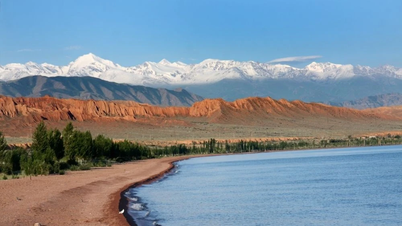


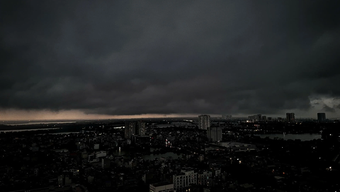

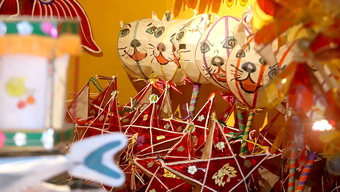
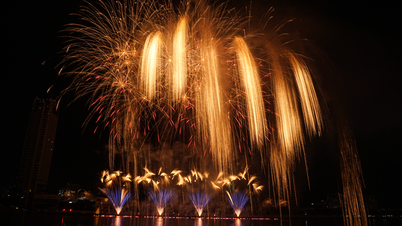
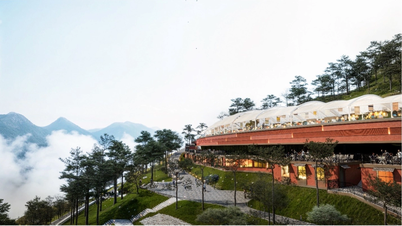
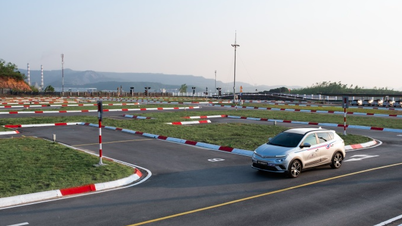

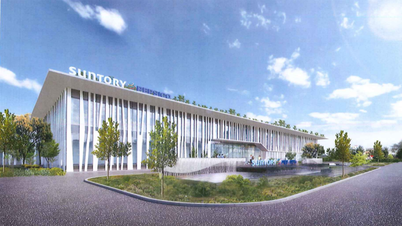



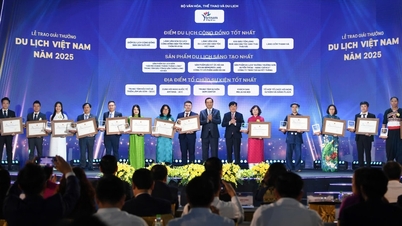





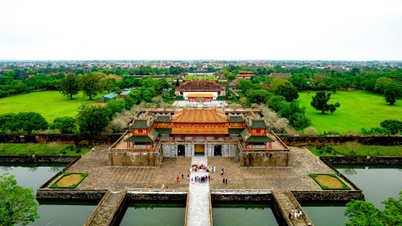




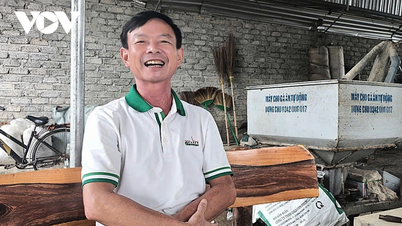

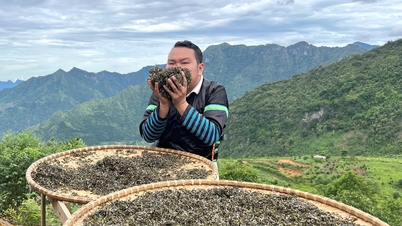



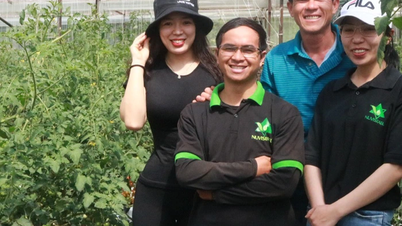

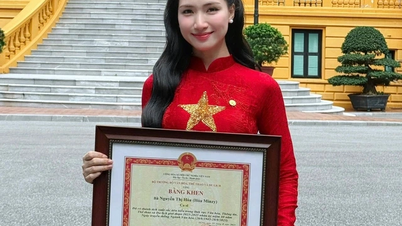
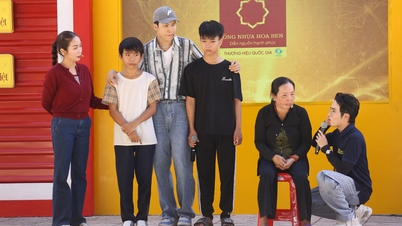
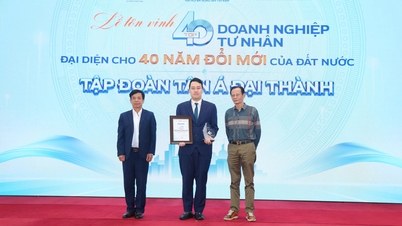







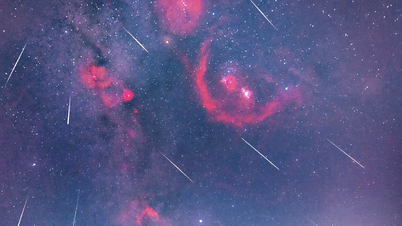


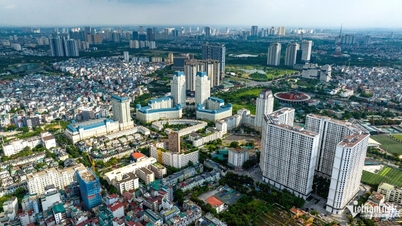
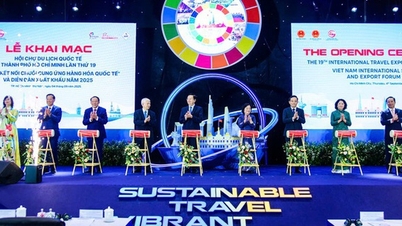




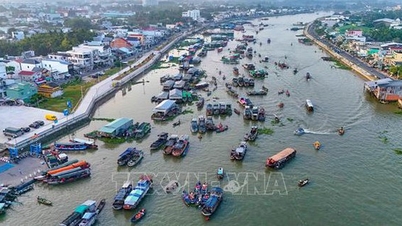


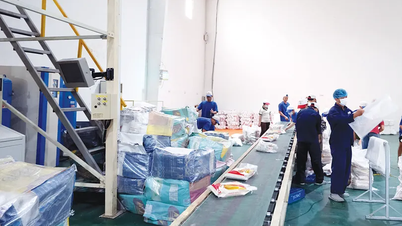
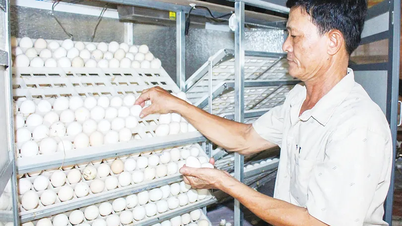
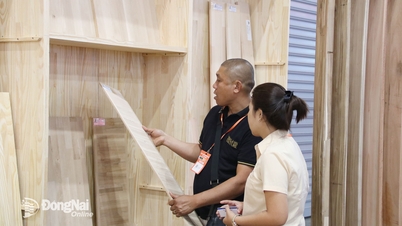

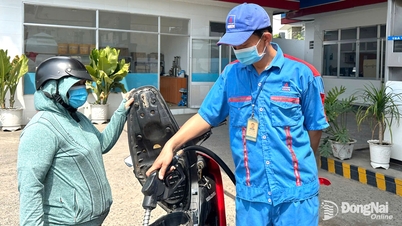
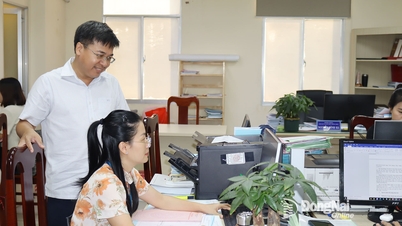




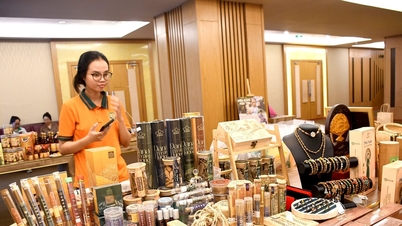



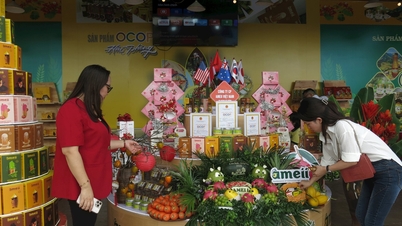




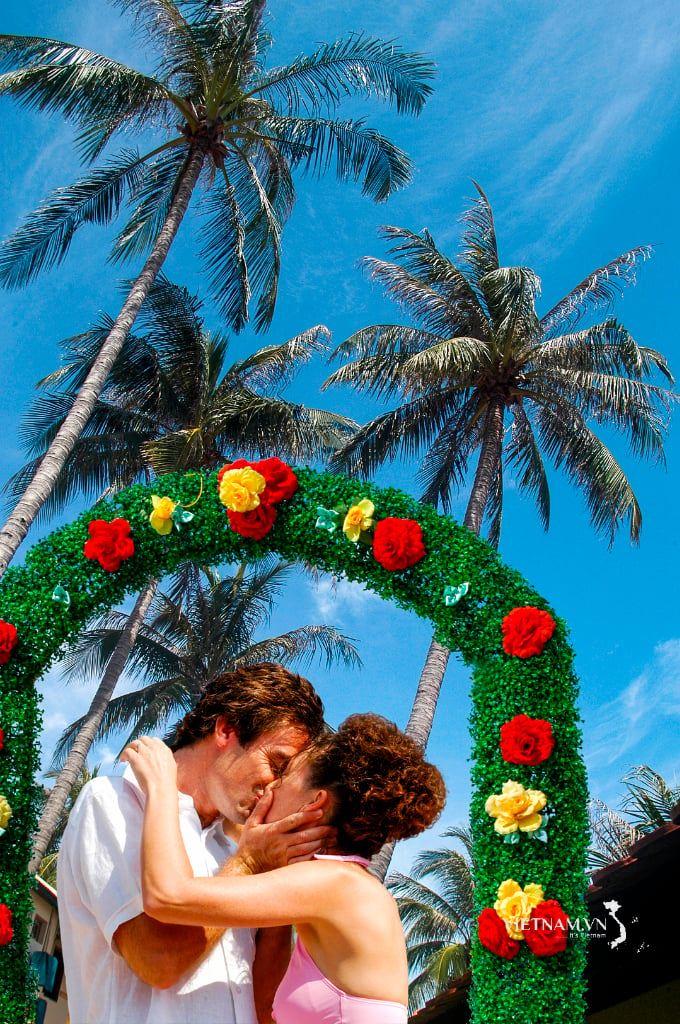

Comment (0)